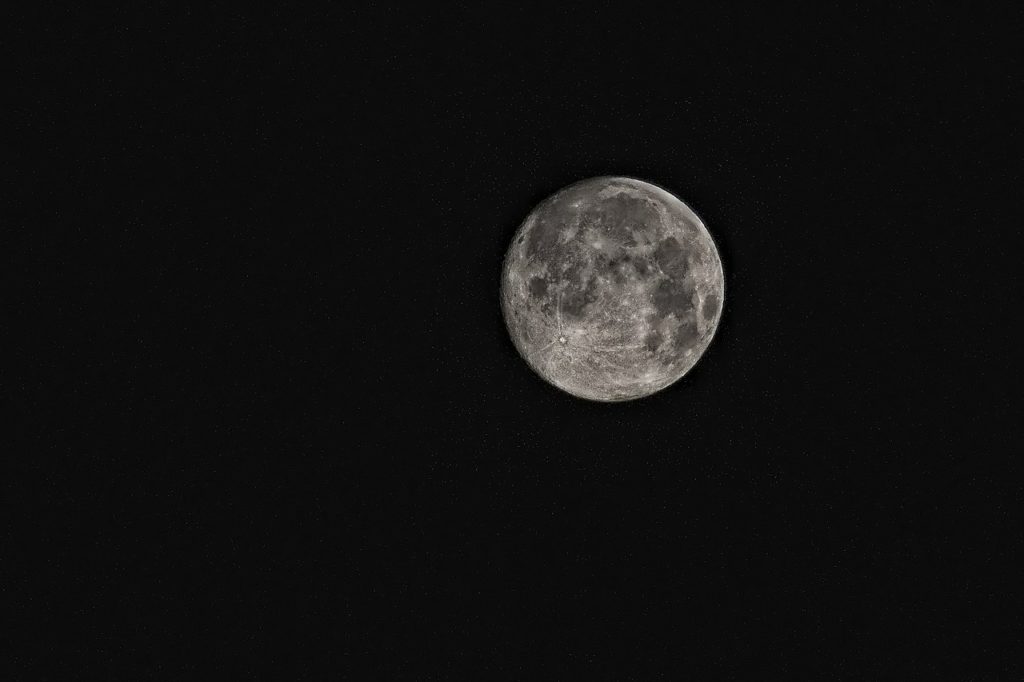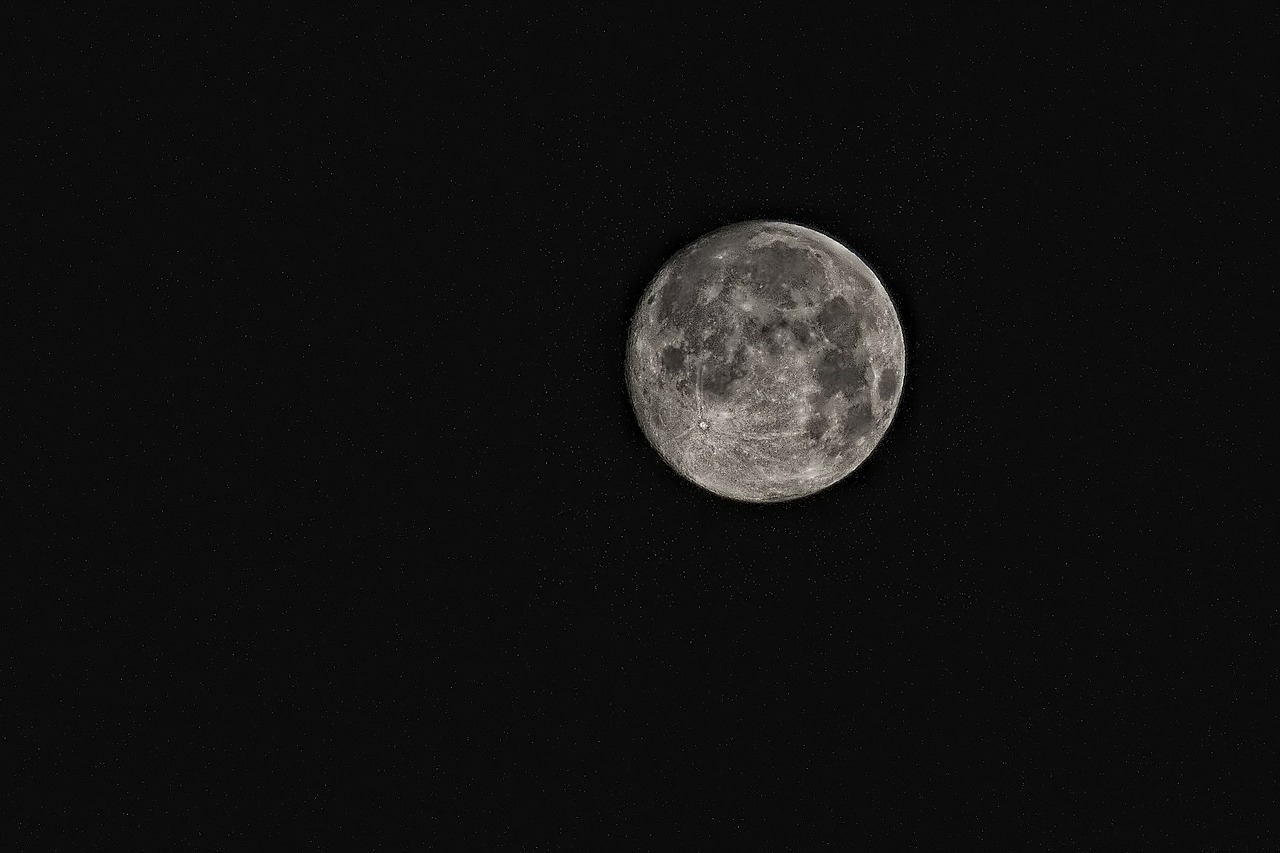
The European Space Agency (ESA) said on 18 July that mission planners at the US National Aeronautics and Space Administration (NASA) and the ESA’s Operations Centre (ESOC) have decided on the path of the Lunar Gateway, humankind’s first permanent outpost to orbit the Moon.
Instead of orbiting around the Moon in a low lunar orbit like the Apollo missions, the Gateway will follow a highly “eccentric” path in which it will pass 3000 kilometres from surface of the Moon at its closest and 70,000 kilometres at its furthest away.
This path is called a “near-rectilinear halo” orbit (NHRO) and it will actually rotate with the Moon – as see from Earth it will appear “a little like a lunar halo”. According to the ESA, orbits like this are possible because of the “interplay between the Earth and Moon’s gravitational forces”.
As the two large bodies “dance” through space, a smaller object can be “caught” in a variety of stable, or near-stable, positions in relation to the orbiting masses, which are also known as “libration” or Lagrange points.
Such locations are “perfect for planning long-term missions, and to some extent dictate the design of the spacecraft, what it can carry to and from orbit, and how much energy it needs to get – and stay – there”, the ESA said.
Travelling on the NRHO path, one revolution of the Gateway in its orbit about the Moon would take around seven days, a time period that was chosen in order to limit the number of eclipses (when the Gateway would be in the Earth or Moon’s shadow). The Gateway will need to make “regular small station-keeping manoeuvres” to stay in position.
“Finding a lunar orbit for the gateway is no trivial thing,” Markus Landgraf, an Architecture Analyst working with ESA’s Human and Robotic Exploration activities, said in a statement. “If you want to stay there for several years, the near rectilinear halo orbit is slightly unstable and objects in this orbit do have a tendency of drifting away.”
The Gateway will be a “permanent and changeable” human outpost, much like the International Space Station (ISS), which orbits the Earth, acting as a base for astronauts and robots exploring the lunar surface.
In a press release, the ESA compared The Gateway to a “mountain refuge” as it “will also provide shelter and a place to stock up on supplies for astronauts en route to more distant destinations, as well as providing a place to relay communications and a laboratory for scientific research”.
The plan is that it should act as a “staging post” from where parts of spacecraft can be left behind, picked up or assembled. After lift-off, only a moderate manoeuvre should be needed to slow a visiting spacecraft to rendezvous with the Gateway, the ESA said.
The “fundamental limiting factor” when moving parts from Earth to a potential lunar base and the surface of the Moon is the vast amount of energy required to escape our planet’s gravitational pull. To land on the Moon as opposed to hurtling straight past it, we have to slow down by losing that same energy.
In theory, we can save some of this energy by leaving parts of the spacecraft in orbit and taking only what we need to the surface of the Moon. The Lunar lander will transport people, robots and infrastructure down to the surface – and back up again – when the Gateway is closest to the Moon.
“In human spaceflight we don’t fly one single, monolithic spacecraft,” Florian Renk, a Mission Analyst in ESOC’s Flight Dynamics Division, explained. “Instead we fly bits and pieces, putting parts together in space and soon on the surface of the Moon. Some parts we leave behind, some we bring back – the structures are forever evolving.”
The ESA plans to assemble and operate the Gateway during the 2020s, during which time they anticipate it will “move between different orbits and enable the most distant human space missions ever attempted” and “offer a platform for scientific discovery in deep space and build invaluable experience for the challenges of future human missions to Mars”.
Mission analysis teams at ESOC are “continuing to work closely with international partners to understand how the choice of orbit affects vital aspects of the mission . . . including landing, rendezvous with future spacecraft and contingency scenarios needed to keep people and infrastructure safe”.
“The flight dynamics expertise here at ESOC is unique in Europe,” Rolf Densing, ESA’s Director of Operations, concluded.
“Our analysts and flight dynamics experts provide support to a full range of missions, including some of the most complex and exciting like the lunar Gateway,” he said. “We can’t wait to see this ambitious international endeavour realised.”


Leave a Reply